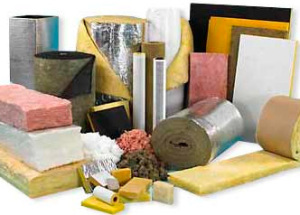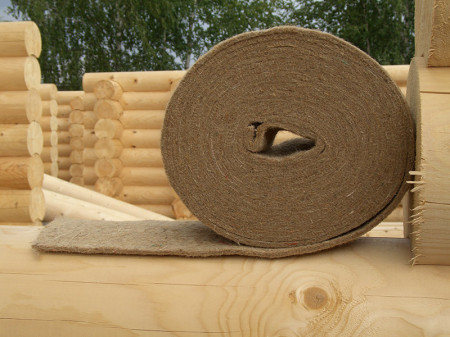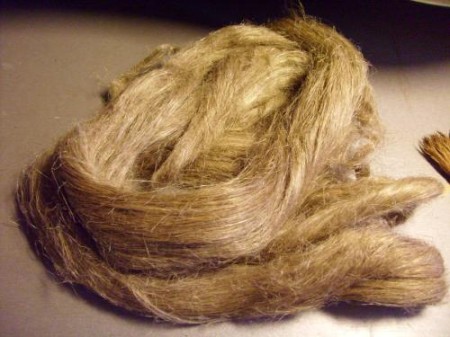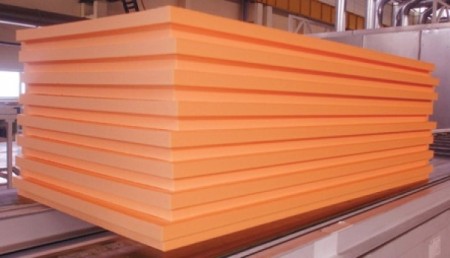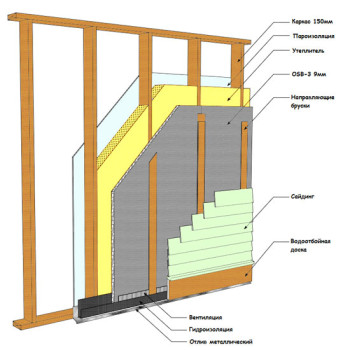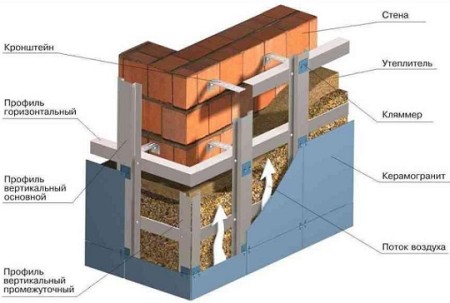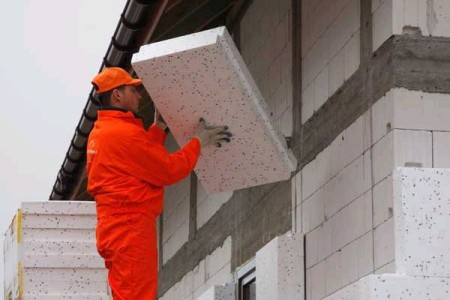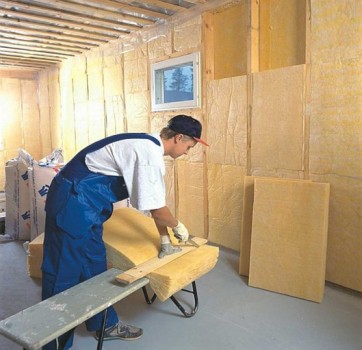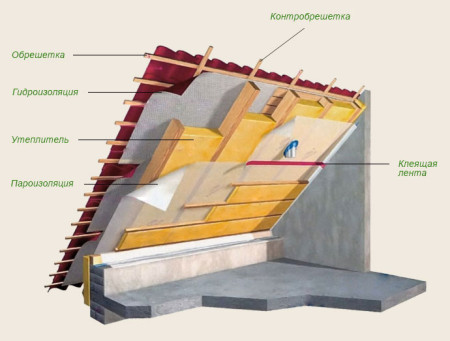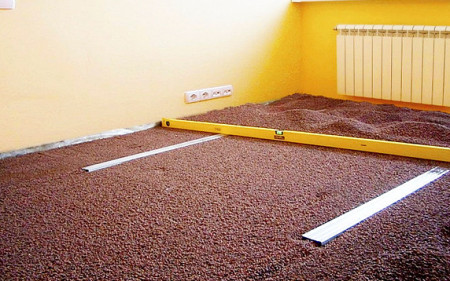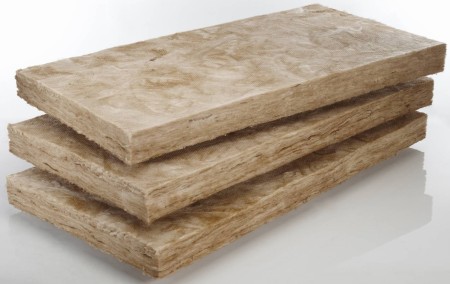A warm and cozy home is the dream of every person. But, to achieve warmth and comfort, it is not enough to build a house of quality materials. It must be properly insulated. What heaters are now on the market? Which one is better to choose depending on the material of the walls? What is better to insulate the roof and floor? Let's talk about this and many other things in this article.
Content
What insulation material to choose for a wooden house
The construction of wooden houses is becoming very popular. The tree has excellent physical characteristics. But even such a house needs to be insulated, because the tree is prone to crack with time. To date, the market has a lot of materials for insulation of houses. All of them are diverse in composition and price. First, let's look at the simplest options for warming:
Jute -material made from the same plant and is considered a universal material. It has excellent heat engineering characteristics. This insulation is sold by rolls and the price depends on the width of the material. For example, for a heater with a width of 20 cm, you have to pay 165 rubles per roll.
Linen felt -made of natural flax. It has good heat-retaining characteristics. Roll of this insulation will cost an average of 300 rubles per roll.
Tape tow can be made of both jute and linen. It is great for caulking walls, and will perfectly fill all the cracks and irregularities. The roll of pakli costs from 400 rubles, as it is sold by weight and can cost from 70 rubles. per kg.
These types of insulation are used as a rule in the process of building a house, as our ancestors did. There are more modern materials for insulation:
Mineral wool a fibrous structure material that is obtained from a melt of rocks and metallurgical slags. Hence its name is taken. Quality material with many properties:
- fire resistance;
- vapor permeability;
- not hygroscopicity;
- low thermal conductivity.
The last figure is 0.036 W / sq. M, it exceeds many materials. This insulation is sold by slabs or rolls. The cost of packing can vary from 400 to 1000 rubles.
Styrofoam or simply sheets of styrofoam. This material is not suitable for outdoor insulation because it is afraid of ultraviolet radiation and becomes brittle. Due to its thermal conductivity, it is inferior to mineral wool and conducts well both heat and cold. Another factor is the zero vapor permeability. Basically, this material is sold in sheets and its price can range from 40 to 380 rubles apiece.
From all that has been said, it can be concluded that for the warming of a wooden house it is necessary to use any kind of pakli during the erection of walls. And for insulation of the house, mineral wool is perfect. It will protect from the cold and allow the tree to breathe, which will protect your house from decay and fungi.
What kind of insulation to choose for a frame house
The frame house is easily and quickly erected, but here to the choice of a heater of walls it is necessary to approach carefully. His good choice is a pledge of warmth in winter and a cool summer. Of course, you can get lost in the variety of materials on the market. But we will consider the most optimal options for warming. So we can insulate the frame structure:
- Mineral wool. This is the most accessible and easy-to-use material. To work with him does not rub special equipment, and if you do not count the amount of material it is easy to buy in any construction shop. The following brands are popular: Knauf, Technonikol and Rockwool.
- Ecowool. A completely natural material made of cellulose. Manufacturers give a guarantee in 15-20 years that the material will not ask.
- Styrofoam. Quite a controversial material. It does not conduct moisture, so there is no point in protecting it with vapor barrier. But on the other hand in the house can accumulate excess moisture, which will lead to stuffiness. It is also prone to damage by rodents. The advantage of this insulation is low cost, compared with the two previous materials.
- Clay with straw or sawdust concrete. These are quite cheap options for warming houses, but quite labor-intensive. Now they are treated with distrust, although many houses in southern regions of Russia and porcelain houses in Germany are built precisely on this principle. If you are not limited in time, you can insulate the frame house with one of these materials. For example, for insulation by a sawdust concrete a small one-storey house will take two months. But the house will turn out very warm in the winter and it will be excellent to keep the cool in the hot summer.
Insulation for brick house
A brick house can be insulated from the outside or from the inside. Depending on this, the material is selected. With external insulation, it is necessary to clean the walls and install a lath in which the heater will be laid. For these purposes, you can choose already known to us mineral wool or extruded polystyrene foam, which has good strength. Mineral wool sheets are laid between the guides, do not press them. After that the resulting insulated surface is covered with any material, for example, siding.
When the walls are insulated with expanded polystyrene, they must be thoroughly cleaned. After that on sheets of a heater apply glue and fix them on a facade in a checkerboard order. This allows for sustainability. After that, the resulting surface is applied a special reinforcing mesh and plastered the wall. Then you can paint it.
Warming the brick house from the inside is best at the construction stage. The walls can be insulated with foam plastic, mineral wool, eco-wool. This will reliably keep the heat. For the insulation of the floors, you can use expanded clay, which is poured into the gap between the rough floor and the finish coat. It has good qualities and is environmentally safe. Further walls are sewed with plasterboard, and on a floor it is possible to lay down any covering suitable to you. And further cosmetic finishing of rooms is carried out. This is the best option for warming the home.
Types of heaters
The market of building materials is full of various materials. All of them have different specifications and prices. They also differ in the field of application. Some are well warmed roofs of houses and attics, while others are categorically not suitable for these purposes. Let's consider various types of heaters.
insulation for roofing
Not insulated roofing can lead to a loss of 30% of the heat from the total heat loss at home. This is quite a lot. Therefore, it is necessary to warm the roof well. Good thermal insulation of the roof will provide:
- minimum heat loss;
- improvement of noise insulation;
- protection of the roof structure from spoilage.
When selecting the material, it is necessary to take into account its vapor permeability, so that excessive moisture is removed from the attic space.
types of insulation for roofing
For these purposes, mineral wool and glass wool are perfect. It is also necessary to provide a vapor barrier. Materials must be laid in all the cavities of the roof frame, after that it is necessary to fix the steam and wind protection. They will protect the heater from damage. In the same way, you can also insulate the attic floor. And it will always be comfortable in it.
a heater for a floor
Through the floor, the room loses 20% of all heat. This is colossal and leads to high energy costs. To avoid unnecessary waste and cold in the house floors must be insulated. At selection of a heater it is necessary to consider:
- safety for human health;
- simplicity of installation;
- resistance to environmental factors;
- resistance to fire and moisture.
For example, mineral wool is not very suitable for warming floors because it can absorb excess moisture. And for the bathroom it will not work. It is more convenient to insulate the floor with one material. For these purposes well suited: expanded clay; foam or foam polystyrene.
These materials fit into the gaps between the floor lags and are sewn on top by boards or particle boards. After that, the finish coat is made. For floors, a lot of insulation does not happen. Therefore, you can use additional materials:
- the cork is very warm and natural material that can be used as a finishing floor covering. The only drawback of a high price, from 1700 and above rub. for the square. m;
- carpet fairly comfortable material, comfortable. The only drawback can accumulate a lot of dust, so it must be thoroughly cleaned. The price from 150 rbl. per sq. m;
- heat paint is a suspension based on water or varnish. Cover the surface with a layer of 5-7 mm. It is not only a good insulation, but also plays the role of moisture protection. The cost of it is from 320 rubles per liter.
Using both insulating materials and additional means you will achieve good results and reduce the heat loss of your home.
Types of mineral heaters
So to mineral heaters it is possible to carry:
- Steklovata this material was very popular in the Soviet Union and was the only insulation. But thanks to the property of absorbing moisture and shrinking it is not suitable for warming buildings. It is best to use it as an additional layer or in the role of noise insulation.
- Stone or basalt wool has several degrees of rigidity, while the thermal insulation properties are the same. The only thing that more rigid plates can warm the front of the house.
types of basalt insulation
Basalt is a solid rock of volcanic origin. It is from this that a durable and ecologically clean basalt wool insulation is obtained. This heater is not lit and does not absorb moisture. It has low thermal conductivity and good vapor permeability. It is not subject to destruction by chemical substances. Due to these qualities he is very popular. One of the types of basalt wool is a foil material. Basically it is used to reduce heat loss of housing. This insulation combines not only heat, but also noise insulation. That will help reduce the cost of purchasing building materials. Manufacturers guarantee an operational period of 30-40 years. Even with this material, you can finish the house both inside and outside. The material costs from 1,300 rubles per package.
Types of insulation for walls outside
For external insulation of the house, polystyrene foam is excellent, which can be mounted on the facade of the building using glue. Then you can apply a layer of plaster and continue to make the final coating. Either paint the walls, or apply a decorating finish. It is also possible to insulate the facade with sheets of mineral wool. To do this, it is necessary to fix the vertical guides along the entire perimeter of the house between which a thermal insulation material will be laid. It should fit snugly against the wall and other sheets, but it should not be rammed. After that, the lath can be covered with facade slabs or a block of houses. Also in the modern market, thermal insulation plaster is offered. It is a cement, lime or gypsum viscous mixture with impurities that give it thermal insulation properties. The following impurities are used:
- sawdust;
- foam glass;
- perlite (a rock of volcanic origin is characterized by excellent thermal insulation).
The plaster is applied to the wall by a layer of about 3 cm. After that, simply paint the surface. This is a fairly simple, but effective way to keep the heat of your home.
Types of foil insulation
Foil insulation is divided into several types:
- The roll insulation consists of two layers: foil and foamed polyethylene. The foil reflects heat inside the room, and polyethylene prevents penetration of moisture. Also it has good noise insulation.
- Self-adhesive insulation. This material is made of polyethylene with a layer of foil, on top of which an adhesive base is applied. This allows you to quickly and conveniently stack it. It is quite possible to cope with one.
- Foamed expanded polystyrene. It is most often used for thermal insulation of floors or underfloor heating systems. Easily mounted and withstands temperature changes from 180 to 180 degrees Celsius.
From these materials, you can easily choose the most suitable type for warming various parts of your house.
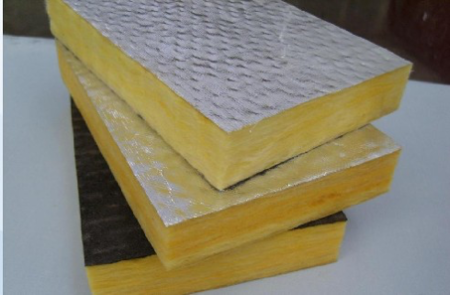
This article describes the various types of insulation. Also it is said about which coatings it is better to use these or other materials. It also tells you how to warm the floors or the roof of the house. Using the advice of the article, you can quickly pick up the necessary material and make work on the insulation of your home. Successful house warming.


